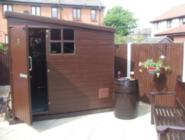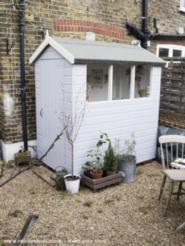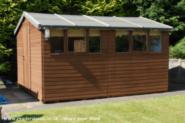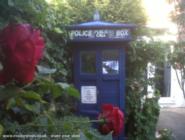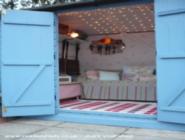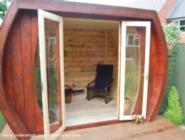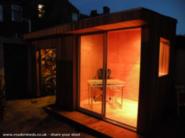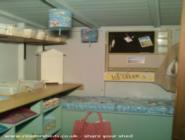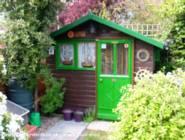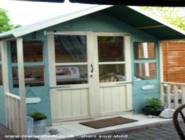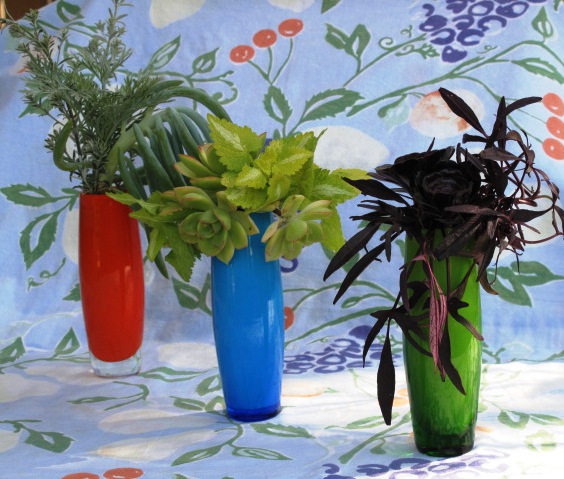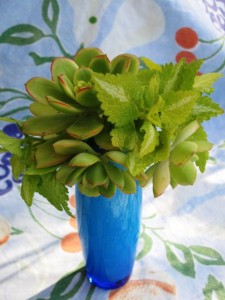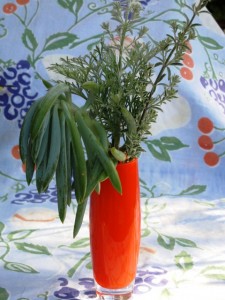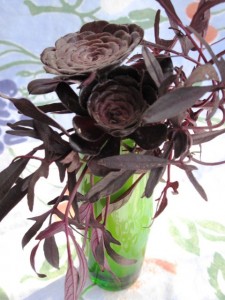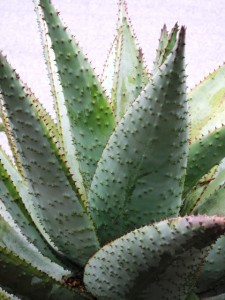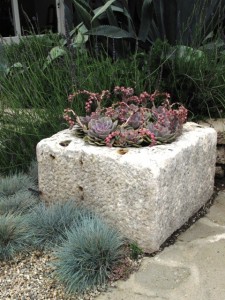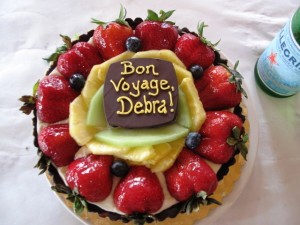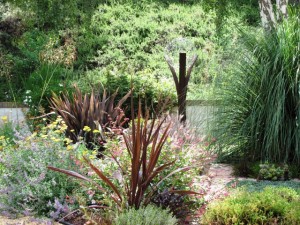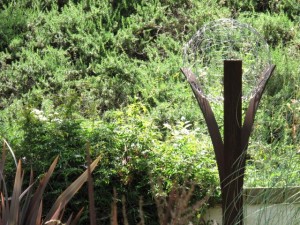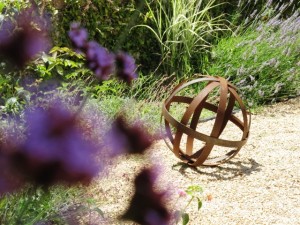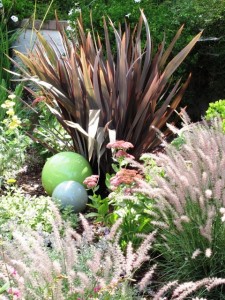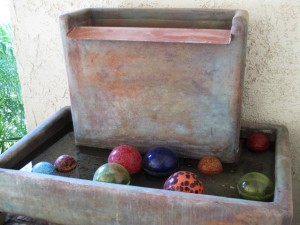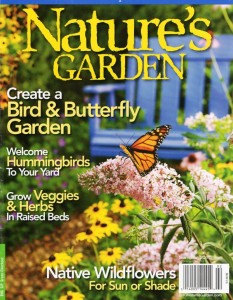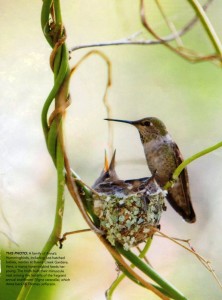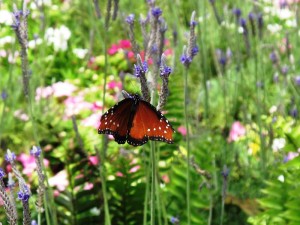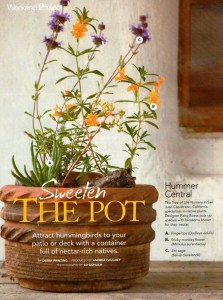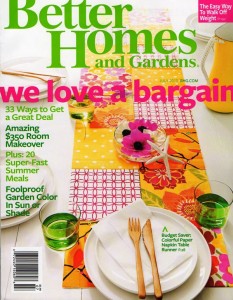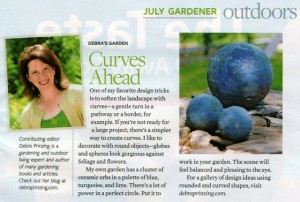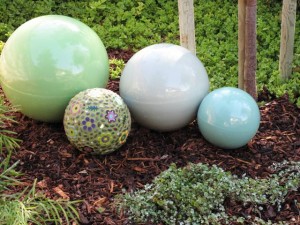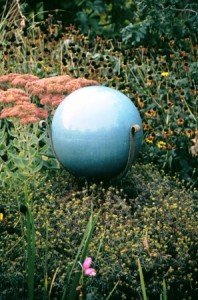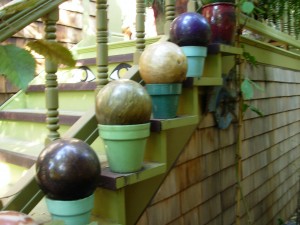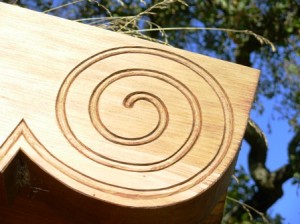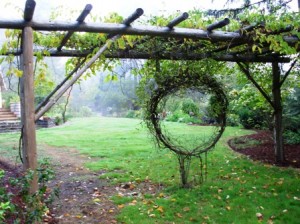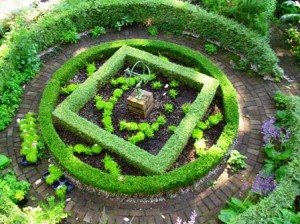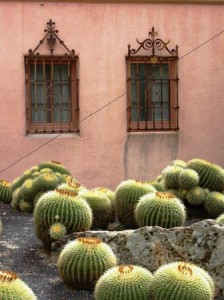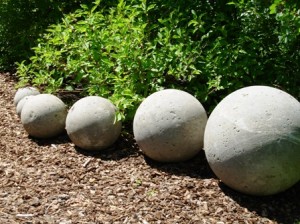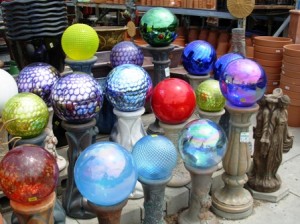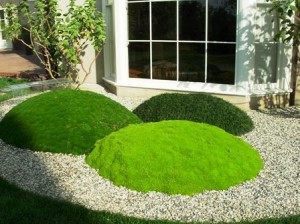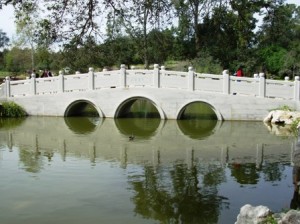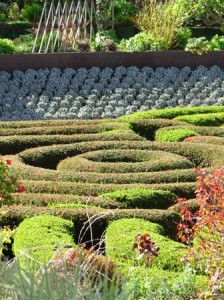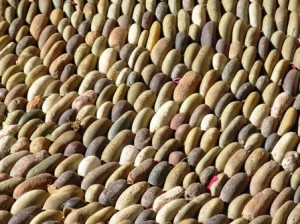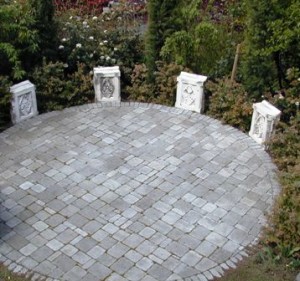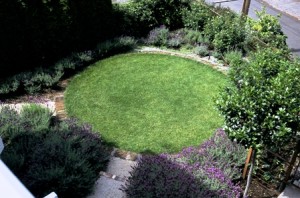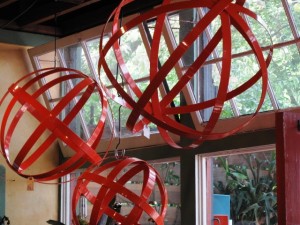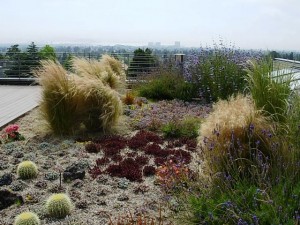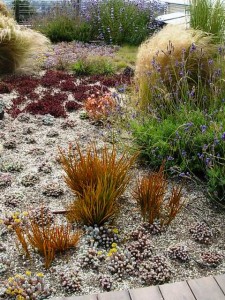My fellow Shed Aficionado across the Atlantic, Uncle Wilco, has presided over a fantastic “Shed of the Year” competition for each of the past three years. The British press has followed his competition with avid enthusiasm, including a recent story in the The Sun, a national tabloid. I have the honor of serving as the “international” judge, joining an illustrious team of judges for Shed of the Year.
Uncle Wilco will announce the winner on July 5th – the start of National Shed Week in the U.K.
He has given me permission to share photos and details about the 13 finalists. Each has captured the fancy of visitors to We [Heart] Sheds, his blog that invites “sheddies” from around the globe to share photographs and details about their own private, backyard getaways.
I recently checked in with Wilco to get a few more details about this year’s contest.
Debra: How many entries did you receive?
Wilco: “We had about 1,200 in total, including 60 international sheds this year.”
Debra: I noticed that there are no finalists from North America!
Wilco: “I think that the public who voted for the ‘short list’ went for the quirky UK sheds.”
I agree, Wilco. The quirky UK sheds are highly personal and very creative. I promised that I wouldn’t reveal how I voted until the July 5th announcement . . . but in the meantime, here is a preview of the finalists, along with my commentary:
PUB SHED Category: The 3 Steps (left)
WOW, I didn’t want to like this Man Cave at first, but I’m actually blown away by the smart design, amazing efficiency and cozy feeling of Garry’s shed.
I think I would like him as my neighbor!
Everyone is talking about being alone and alienated in the suburbs, but Garry has taken care of that problem by building community at The 3 Steps Pub
WORKSHOP Category: Junkaholic’s Weaving and Sewing Shed (left)
Sweet and fresh, simple yet stylish. Artemis has turned something utilitarian into an inviting escape where I could be happy day after day. Love it!
UNIQUE Category: The Lady Sarah Out of Worthington Shed (right)
Reg is living the good life here on his ship.
Viewing the photos and movies felt like a journey into Ye Olde Curiosity Shoppe – something wonderful and strange with every glimpse.
He has really created a backyard destination unlike anything I’ve ever seen – and certainly beyond the imagination of most shed owners.
WOODEN Category:Frankenshed, Penny Two Allotment (right)
What a creative way to dress up and decorate a basic tool shed. Frankenshed’s allotment potting shed is charming and has lots of personality. I love the lettering painted on the boards in contrasting lavender and green.
STUDIO Category: In the Shed (left)
Nicola knows how to turn a box into a beautiful working space. Interiors are very creative, much more so than the rather plain exterior.
TARDIS Category: Tim’s Tardis (right)
Clever and resourceful as a storage unit and garden accent.[Note: TARDIS is the name of a space-travel machine from “Dr. Who,” a popular British sci-fi novel]
NORMAL SHED Category: Mini Jeff Dave Jones (left)
This is exactly what I look for in a stylish shed – a “chill-out” place in the garden that’s both useful for storage and pleasant for R&R.
Nicely placed in the garden and I love all the attention to detail in the finishing. Not fussy at all, but a true Stylish Shed.
ECO SHED Category: Ecopod (right)
The Eco Pod is inspiring and has a really appealing “mod” silhouette. Love that it was designed with sustainability in mind. I wish it was a little more organic as a garden element, though. Needs some oxygen-producing vegetation to downplay all that wood and really make the sustainable message relevant. It’s almost there, and I’d love to get my garden designer friends on the job to soften it up.
GARDEN OFFICE Category: One Grand Designs (left)
Great design, great use of materials, wonderful attention to detail (wrap-around deck; skylight). Probably the best design of the batch for the mass marketplace. I see this design turning into DIY kits all over the globe.
HUT Category: Beach Shed (right)
Tiny and terrific. Love the way this diminutive hut draws a crowd and even offers a cozy hideaway inside.
OTHER Category: Uisge Betha (no photo)
Less is more – great ideas for turning one space into three distinct ones. Love the way the outdoors garden is “borrowed” into the overall design scheme
CABIN Category: Naval Museum (left)
Fantastic! Stephen is an absolute success at what he set out to do. The exterior fits really nicely into the garden and its interior demonstrates how to fit all your desired amenities into a tiny box – yes, you can have it all, even in the backyard shed.
SUMMERHOUSE Category: Pebble Hideaway (right)
Lovely, light-filled design. I’m impressed with the use of glass doors and windows; the color blue is wonderful and it looks like a little cottage. A sweet spot.
Stay tuned for the announcement next week. I’ll let you know the final judging, as well as my own personal selection (including a Q&A with the shed creator).










